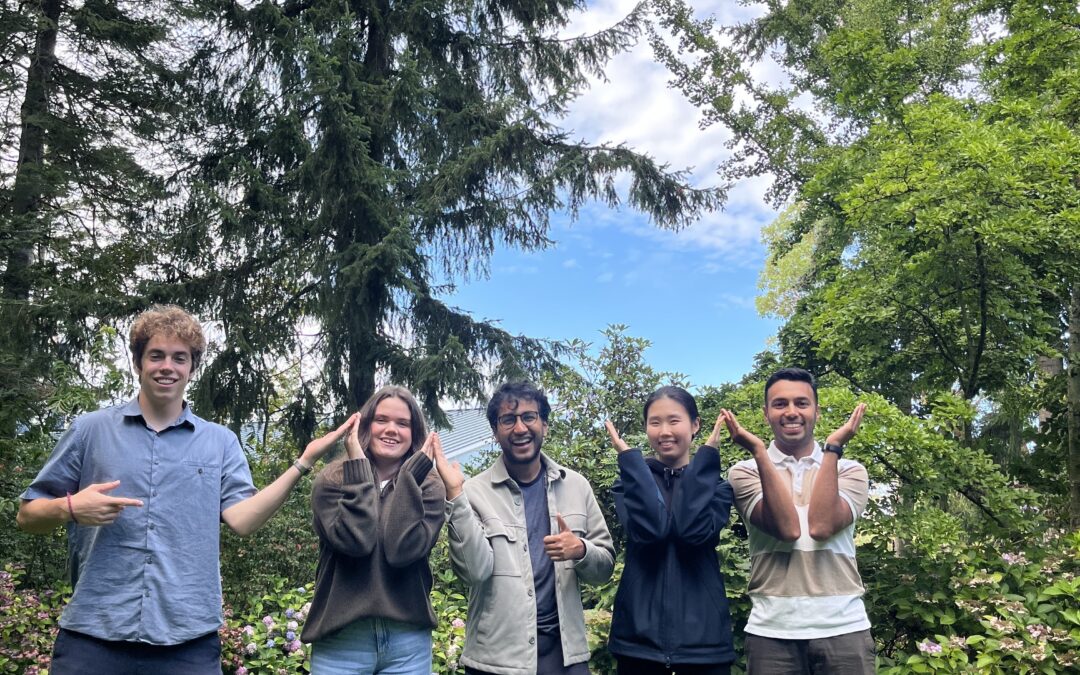The biggest news from this sprint is that we met our Community Partner, Raaj (CEO of MeaningfulWork), this past week when he came to Victoria to visit! We were able to sit down with him and talk about our progress, set some deliverable deadlines, and start brainstorming some ideas for the front-end UI. This was a great opportunity to gather a better understanding of the requirements and get to know Raaj better.
What We Have Done
We began prototyping front-end designs for impact reporting, which has been a valuable experience to apply our design thinking skills. We found it relatively straightforward to create a design that aligns with our vision for the backend code, which will facilitate the development of software that integrates well with the user interface. However, it takes many more iterations to design a front-end prototype that is focused on the user. Through multiple rounds of iterations and team brainstorming sessions, we believe that we have ideated a front-end design that will resonate with our end-users. Our next steps involve prototyping this design and testing it with our users to receive feedback.
We have now completed two interviews with nonprofits and used our gathered insights to create an empathy map. This exercise allowed us to view the problem from the nonprofits’ perspective and sparked a group discussion which helped us organize our ideas and validated the usefulness of our proposed AI solutions. We found the Five Whys method to be an effective tool for understanding the emotions of our interviewees, as it involved continuously asking “why” until we had figured out their emotions. With limited staff, nonprofits need a way to create campaigns quickly, and reduce the associated manual requirements. They also need ways to increase donor outreach, and our interviewees confirmed that impact reporting is a great way to make donors feel more engaged.
Challenges We’ve Faced
We have done a lot of research on which AI tech stack we should use. We have explored LLMs, fine-tuning, and Retrieval-Augmented Generation (RAG) systems. After gaining some experience with these AI technologies, we finally settled on using LLM for our project. Another challenge, which we also addressed last time, is getting in touch with the non-profit organizations who would be our end users. So far, it has not been easy to talk to non-profits since they don’t have many employees, but we are hoping we can get in touch with more of them in the coming weeks.
Goals for the Next Sprint
Looking forward, we have two upcoming deliverables that we will be focusing on accomplishing in the next two weeks. By October 10th, we aim to complete a functional Campaign Creation feature and integrate it with our community partner’s backend for end-user testing. Additionally, by October 24th, we plan to deliver an initial version of our Impact Reporting feature. Both features will have foundational functionality, allowing us to gather feedback and iterate for improvements.
We are looking forward to further collaboration with our community partner as well as expanding our connections with more non-profit organizations and receiving feedback on our prototypes!

